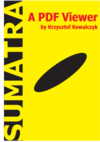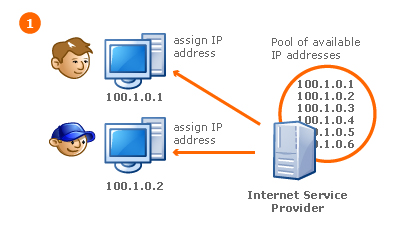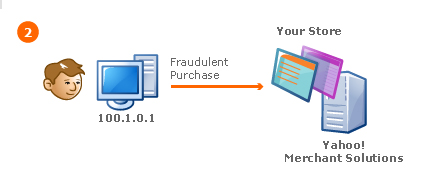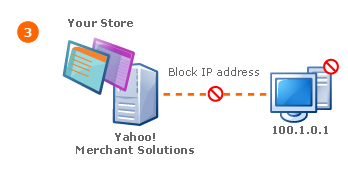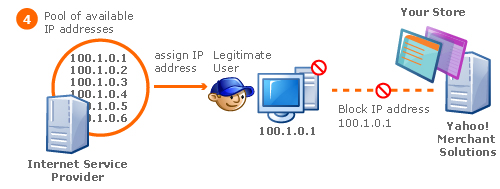SumatraPDF, also known as Sumatra, is an open source PDF reader for Microsoft Windows only. The program also opens Open XML Paper Specification, DjVu, EPUB, XPS, CHM, CB7 CBR CBT CBZ,MOBI and PRC files. It is written primarily by two contributors:[1] zeniko and Krzysztof Kowalczyk[2]
Contents
[hide]Features[edit]
Sumatra has a minimalistic design, with its simplicity attained at the expense of extensive features. For rendering PDFs it uses the MuPDF library.
Sumatra was designed for portable use, as it consists of one single file with no external dependencies, making it usable from an external USB drive.[3] This classifies it as a portable application.[2]
As is characteristic of many portable applications, Sumatra takes up little disk space.[2] In 2009, Sumatra 1.0 had a 1.21 MB setup file[4], compared to Adobe Reader 9.5's 32 MB.[5] The installed size is 8.2 MB, whereas Adobe Reader XI requires 320 MB of available disk space.[6]
When re-opening a document, the rotation, zoom, window size, page, etc. are remembered from the last time that document was opened, making it behave more like an e-book reader than some other PDF viewers.[citation needed]
Sumatra does not lock the PDF file. Without closing the PDF file, a user can save over the PDF and then press the R key to refresh the PDF document. For example, a PDFTeX user could find this feature useful when, after recompiling the altered TeX source code, simply pressing 'R' and view the altered document.[citation needed]
The PDF format's usage restrictions were implemented in Sumatra 0.6,[7] preventing users from printing or copying from documents that the document author restricts, a form of Digital Rights Management. Kowalczyk stated "I decided that [Sumatra] will honor PDF creator's wishes".[8][9][10] Other open source readers like Okular and Evince make this optional, and Debian patches software to remove these restrictions, in accordance with the open source principles of interoperability and reuse.[11]
Up to Sumatra 1.1, printing was achieved by transforming each PDF page into a bitmap image. This resulted in very large spool files and potentially slow printing.[12][13]
Since Sumatra 0.9.1, hyperlinks embedded in PDF documents have also been supported.[7]
Sumatra is multilingual, with 69 community-contributed translations.[14]
Sumatra supports SyncTeX, a bidirectional method for synchronizing TeX source and PDF output produced by pdfTeX or XeTeX.
Since version 0.9.4, Sumatra supports the JPEG 2000 format.
Development[edit]
SumatraPDF is written in the C++ programming language (some components it uses are written in the C programming language) and the source code is provided with support for Microsoft Visual Studio.[15]
As it was first designed when Windows XP was the current version of Windows, Sumatra initially had some incompatibility issues with earlier versions of Windows. Support for Windows 95, 98 and Me has since been dropped completely.[16]
Kowalczyk has not released a 64-bit version of Sumatra, indicating that while it might offer slightly more speed and more memory available, he believes it would greatly add to user confusion and that the benefits would not outweigh the potential costs.[17] However, some users have requested 64-bit builds of Sumatra and other developers have compiled unofficial 64-bit builds of Sumatra[18] which load documents faster than the 32-bit builds. However, the official builds' developer has requested that unofficial builds must not bear the 'Sumatra' name.[19]
The source code can be downloaded either via its Subversion development repository or as a tarball.[20][21]
The Sumatra source code is hosted on Google Code and because of US export legal restrictions is thus not available "in countries on the United States Office of Foreign Assets Control sanction list, including Cuba, Iran, North Korea, Sudan and Syria."[22][23]
History[edit]
The first version of Sumatra PDF, designated version 0.1, was based on Xpdf 0.2 and was released on 1 June 2006. It switched to Poppler from version 0.2. In version 0.4 it changed to MuPDF because of speed improvement[24] and better support for the Windows platform, since Poppler decided to focus on integration with Unix platforms[citation needed]. Poppler remained as alternative engine for a while, and from version 0.6 to 0.8 it was automatically used to render pages that MuPDF failed to load. Poppler was removed in version 0.9, released on 10 August 2008.
Version 1.0 was released on 17 November 2009 after more than three years of cumulative development, and version 2.0 was released on 2 April 2012, over two years after the release of version 1.0.[7]
The first unofficial translations were released in 2007 by Lars Wohlfahrt[25] before Sumatra PDF got official multi-language support.
Name and artwork[edit]
The author has indicated that the choice of the name “Sumatra” is not a tribute to the Sumatra island or coffee, stating that there is no particular reasoning behind the name.[26]
The graphics design of Sumatra is a tribute to the cover of the Watchmen graphic novel by Alan Moore and Dave Gibbons.[27]
Critical reception[edit]
Sumatra has attracted acclaim for its speed and simplicity,[28] its keyboard shortcuts and its open source development.[27]
At one time the Free Software Foundation Europe recommended Sumatra PDF, but removed its recommendation in February 2014, due to the presence of the non-freely licensed unrar code in Sumatra. Free Software Foundation Europe representative Heiki Ojasild explained, "while they continue to make use of the non-free library, SumatraPDF cannot be recognised as Free Software".[29][30][31][32] Unrar was eventually replaced with a free alternative in version 3.0, making it 100% free software.[33]
See also[edit]
References[edit]
- https://code.google.com/p/sumatrapdf/
External links[edit]
- http://blog.kowalczyk.info/software/sumatrapdf/
external links
http://blog.kowalczyk.info/software/sumatrapdf/download-free-pdf-viewer.html
http://blog.kowalczyk.info/software/sumatrapdf/free-pdf-reader.html


